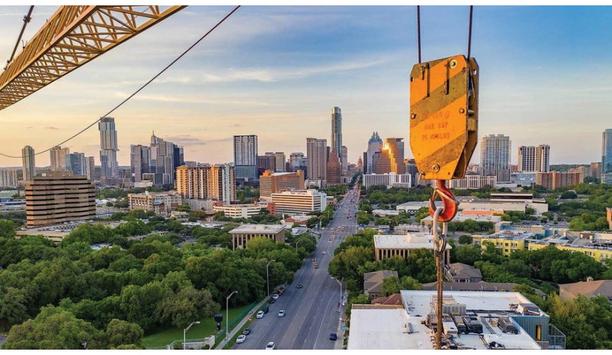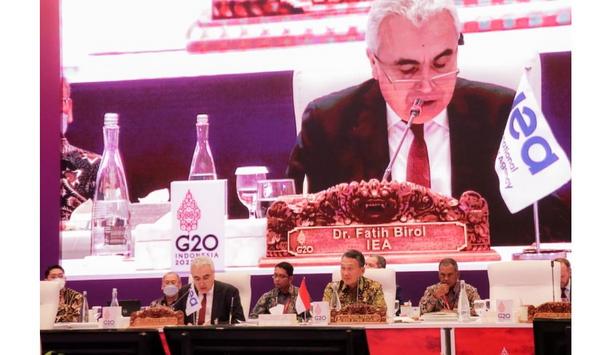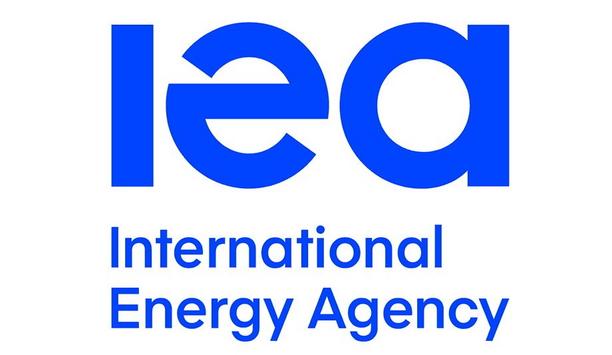As the world works on developing renewable energy resources, one growing challenge is how to have enough battery energy storage systems (BESS) to support the increasing number of electric vehicles (EVs) and the evolving smart grid.
Surprisingly (or not), the humble school bus is emerging as a great candidate in the drive toward a low-carbon grid. It starts with a vision to lower carbon emissions by switching from diesel-powered to electrified fleets.
Upgrade old school buses to zero-emission models
In the United States of America (USA), the US EPA Clean School Bus Program has set aside US$ 5 billion in funding to upgrade older school buses to clean, zero-emission models over the next five years.
According to the US PIRG, nearly half a million school buses ferry half of America’s children to and from school
According to the US PIRG, nearly half a million school buses ferry half of America’s children to and from school, but less than 1% of this fleet is electric. Considering diesel exhaust contains more than 40 cancer-causing substances, the health benefits of an all-electric school bus fleet are apparent.
Another less obvious but equally exciting potential is how these new all-electric school buses will support the development of the vehicle-to-grid, or V2G infrastructure, and serve as distributed energy resources (DER) on wheels.
What is V2G?
V2G is a communication system connecting electrified transportation and the power grid. In conventional charging, vehicles draw and use energy in a one-way flow of electricity.
In a bidirectional V2G system, the EV’s battery can supply electricity back to the grid when it’s plugged in. When the grid experiences a sudden spike in demand, these EV BESS can supply energy back into the grid to help balance this temporary peak demand.
Why electric school buses to start with? The reason is that these fleets operate on fixed schedules, and many sit idle during summer holidays or for a good part of the night when electricity demand peaks. This is when the energy in the battery can flow back to support the grid.
Potential V2G Benefits
The idea of clean energy produced from wind turbines and solar panels is much adored internationally; however, the output from such renewable energy sources is less predictable than that from a power plant. The proliferation of renewable energy sources via photovoltaic (PV) systems puts more stress on the ‘duck curve’ conundrum.
During daily or seasonal peak irradiation, the renewable energy source produces more energy than is needed. This is represented by the duck’s belly, which has sagged over the years as PV energy production increases.
Balancing the energy curves is costly
Utility providers may need to curtail PV energy production during peak irradiation periods
Utility providers may need to curtail PV energy production during peak irradiation periods, reducing its economic and environmental benefits. As the sun sets, power generation plants must quickly ramp up electricity production (represented by the duck’s neck). Balancing these energy curves is costly.
This is where a network of EVs connected via V2G can help to alleviate the peaks and troughs, and balance the grid. The fleets of electric school buses can serve as BESS to store excess electricity, when net load is low, and release it back to the grid when demand picks up.
Cost benefits of integrating school buses into V2G use model
There are also cost benefits for integrating school buses into the V2G use model. According to a study by the University of Delaware’s Center for Carbon-Free Power Integration, choosing an electric bus with V2G capabilities over a traditional diesel bus would save US$ 6,070 per seat. Without V2G revenues, an electric bus would not be cost-effective, costing thousands of dollars per seat (US$ 2,000 per seat).
Besides electric school buses, other electrified fleets such as public buses, delivery trucks, vans, and even cars may soon form an essential part of the intelligent DER ecosystem. With the global adoption of bidirectional EV charging and the addition of V2G services, the EV battery pack goes from being just a consumer product that powers the vehicle to be able to supply electricity back to the grid.
Global EV charging standards
But energy providers and utility agencies worldwide enforce stringent rules and standard test requirements around DERs and their interconnection and interoperability with the grid. The various global EV charging standards make it even more complicated for EV and EV supply equipment manufacturers to ensure global compliance of interconnection with the local grid.
The learning curve is steep, but the potential holds enormous promise. Join Keysight and their industry partners as they explore best practices in the design and testing of V2G, and the broader future mobility ecosystem, which includes technology to enable more safety and self-driving capabilities.







